We all always have an infallible recipe on hand to impress our guests: a good caprese salad or some Mediterranean-style prawns can earn you a few sincere compliments, but they are not all there is to know in the kitchen.
Beyond compound recipes or having what they call “good seasoning”, cooking correctly is a process, and as such it obeys rules and formulas that must be respected, before letting the imagination run wild.
If you want to add efficiency and healthiness to your culinary skills, it is essential that you know a very important factor: cross contamination or food storage processes.
7 food storage mistakes to avoid
1. Throw fruits and vegetables in the same drawer of the fridge
Despite popular belief, throwing food in the fridge is not a guarantee that it will keep perfectly.
A common first mistake in the kitchen is not to use separate spaces to store fruits and vegetables, throwing them together in the same drawer. Some fruits, like apples or bananas, emit ethylene gas , which spoils vegetables.
Most refrigerators have at least two containers for storing plant-based products: using them separately, leaving space for air to circulate between them, will extend their useful life.
It is also important not to fill the containers to the maximum. Doing so causes soft items such as pumpkin or grapes to spoil under the pressure of the weight of other foods.
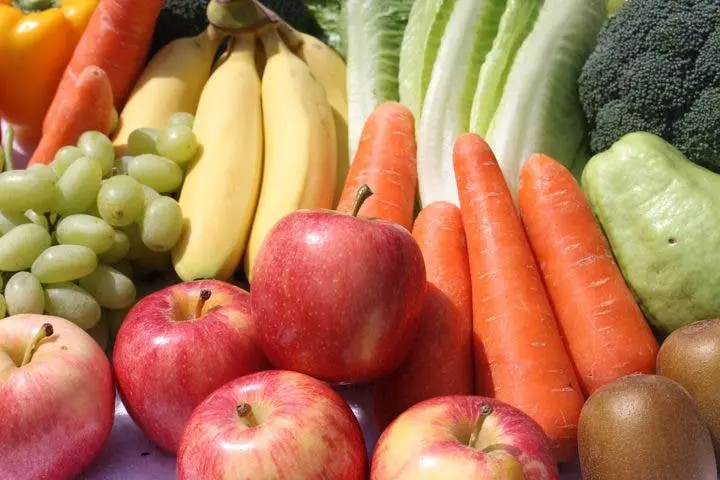
2. Store hot food in plastic containers
Plastic containers for the kitchen are practical, and no one doubts that. However, we often use them in tight situations, violating basic food storage laws, which can have serious consequences, such as the following:
- Possible food poisoning . This is because the food stored in this way creates an environment conducive to the creation of bacteria.
- An increased risk of obesity: having everything on hand is a good excuse to eat constantly, and the norm indicates that almost everything we save “for later” is the least healthy food.
- Increased risk of cancer: these containers usually contain a chemical called BPA or Bisphenol A , which is a toxic substance present in plastics and that is released with heat. Instead, opt for glass or ceramic containers, and store your food there once it’s cold.
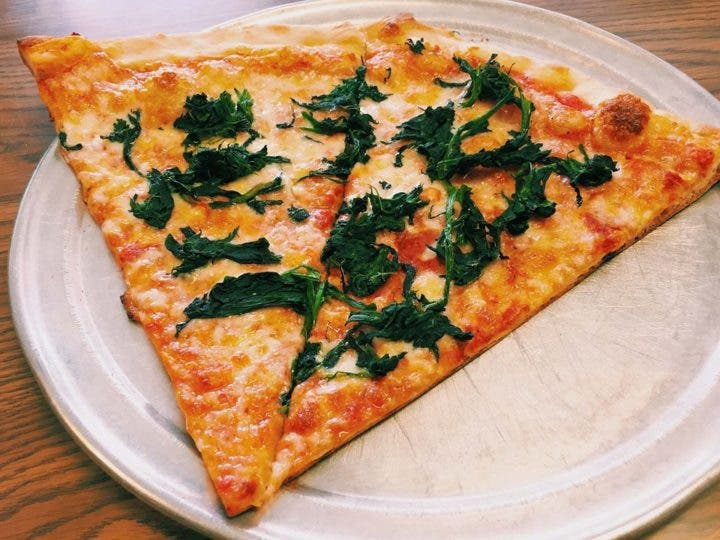
3. Open the oven to check the food inside
While it is true that no one wants a burnt pizza or cake, checking what is cooked in the oven is harmful , not only for the food, but for you too.
Some experts have indicated that doing so generates a quite drastic and harmful change in temperature for the body, also not allowing food to cook at its proper rate.
Instead, look for an oven with a glass door and internal lighting, so you can resist the urge to open and peek. Another idea would be to look only once when the food has been inside for half the recommended time, so you can see how everything really is going, and still prevent any overcooking.
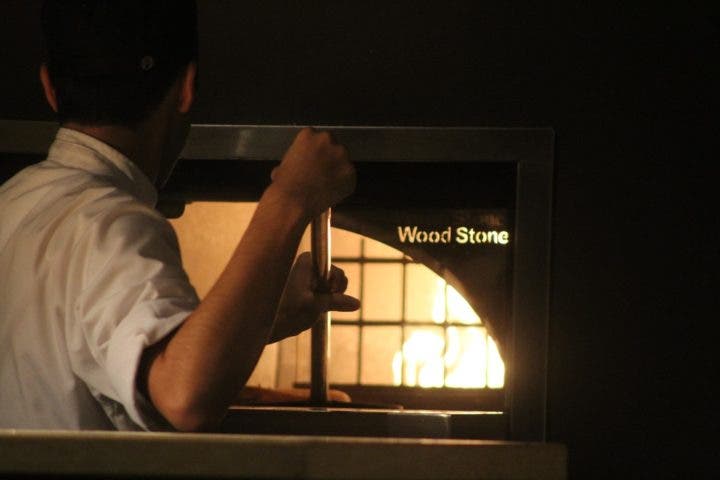
4. Store food on top of the refrigerator
Yes, we know that it may seem like a practical idea if you have leftover food that doesn’t require more refrigeration, or if you lack space in the kitchen. However, refrigerators give off heat, which can decrease the shelf life of your food .
For foods that do not require refrigeration, it is best to look for cool places with little lighting or humidity, such as drawers or boxes in other areas of the kitchen.
Not only food is affected by the heat in the fridge: spirits such as wine are susceptible to damage, as they must remain at temperatures no higher than 26 or 29 degrees Celsius. If you leave a wine on the fridge and its color changes to yellow or brown, it is very likely that it has gone bad.
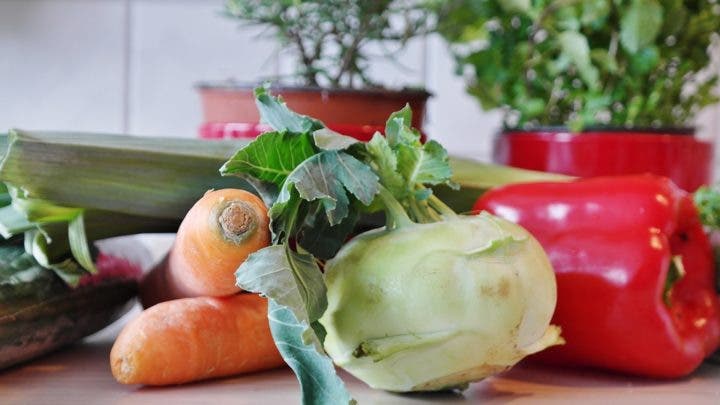
5. Roast the vegetables at high temperatures
A perfect caramelized texture for roasted vegetables is almost a utopia for many kitchen beginners. However, a general rule of thumb is not to roast them at very high temperatures.
Experts recommend an average of 200ºC for roasting vegetables. Going further can cause them to burn on the outside, without having really started their internal cooking, which is essential to achieve a good flavor.
It’s also important that you don’t pile too many vegetables in one pan. Giving each element its space is a determining factor in its correct and long-awaited caramelization.
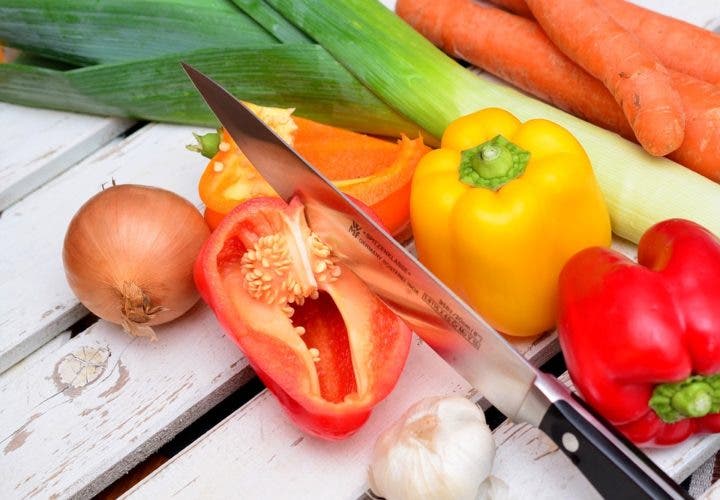
6. Throw the knives into the sink
If you have noticed how, for no apparent reason, your knives lose their edge, it is better that you check the way you clean them.
The strong pressure of cold water in some sinks increases the chances of damage to sharp objects. And this includes not only traditional knives, but also vegetable peelers or graters.
The correct thing to do would be to wash knives and other sharp objects with warm water, with a soft sponge, then dry them with a delicate kitchen cloth, and put them away immediately. This will keep them sharp for longer.
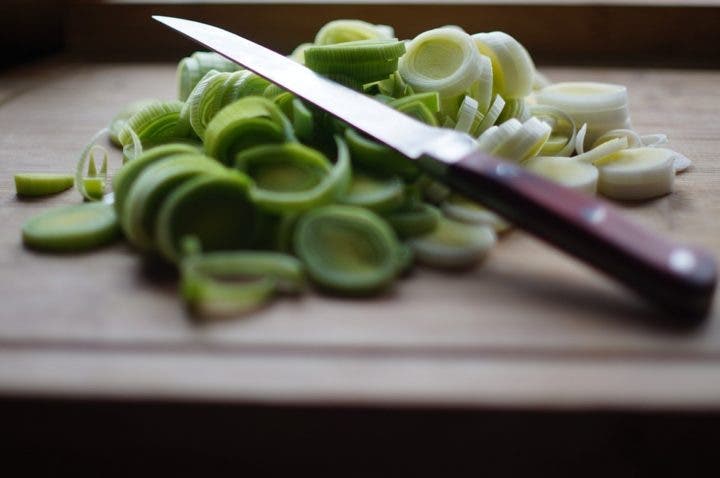
7. Wash fruits and vegetables as soon as you get home
Rushing to wash fruits and vegetables as soon as you get home after buying them can bring some practical advantages: they will certainly be ready for when you go to use them in the kitchen, but there are also risks of conservation.
The humidity and the refrigerator combine badly with this class of elements. Unless you have a restaurant with a constant stream of food, leaving them stored like this increases the chances of mold and decay.
The only exception to this rule is made up of fungi such as mushrooms and other mushrooms, which even with humidity will remain preserved for a long time.
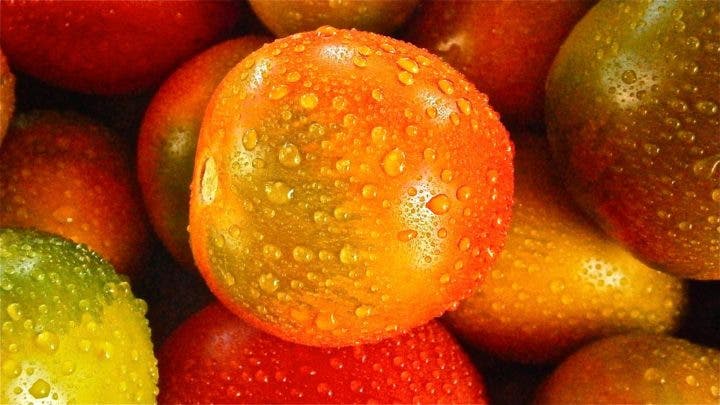
Reference
- Marygrace Taylor. 9 Common Mistakes You’re Making in the Kitchen. For Greatist. [Revised May 2016]
